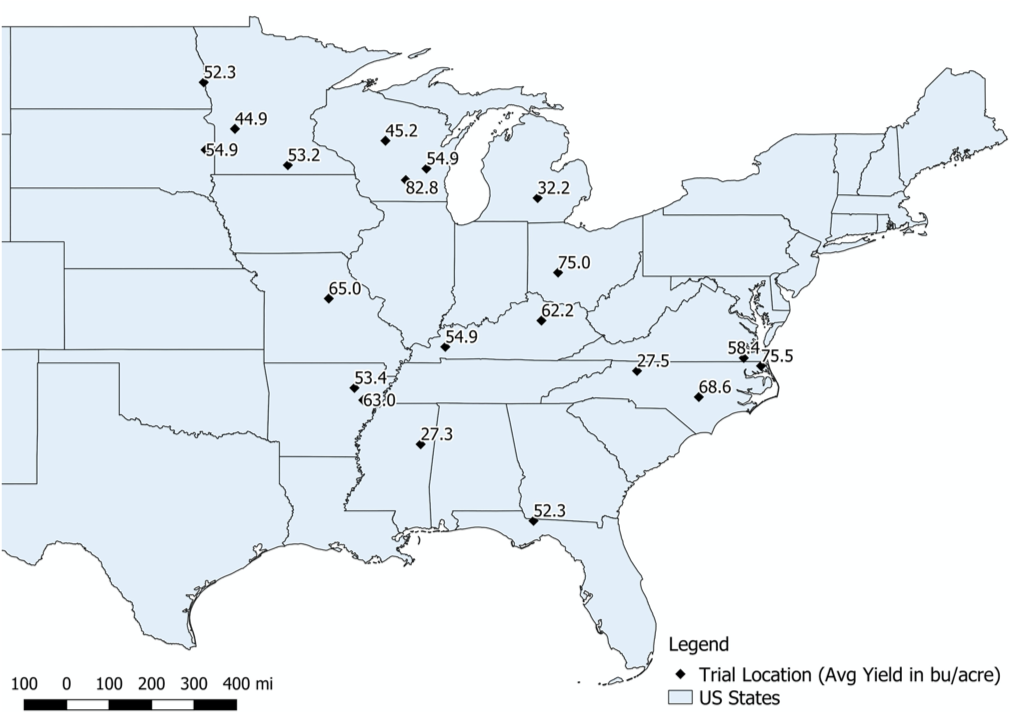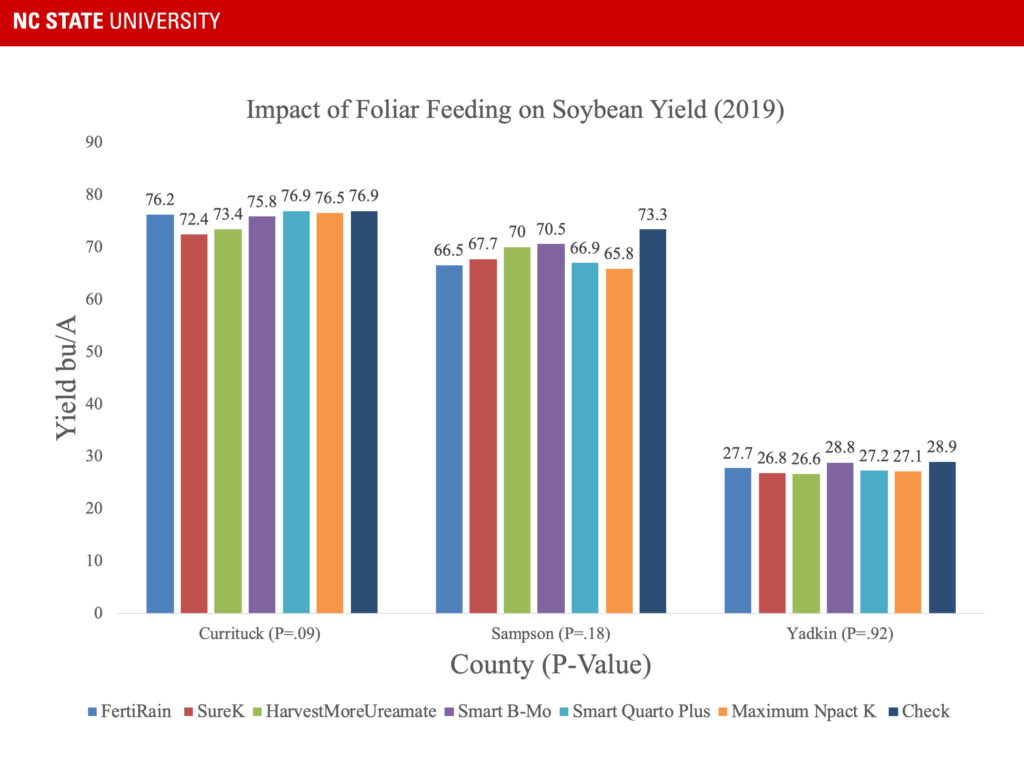Video: Applying Foliar Fertilizers to Soybeans
go.ncsu.edu/readext?715809
en Español / em Português
El inglés es el idioma de control de esta página. En la medida en que haya algún conflicto entre la traducción al inglés y la traducción, el inglés prevalece.
Al hacer clic en el enlace de traducción se activa un servicio de traducción gratuito para convertir la página al español. Al igual que con cualquier traducción por Internet, la conversión no es sensible al contexto y puede que no traduzca el texto en su significado original. NC State Extension no garantiza la exactitud del texto traducido. Por favor, tenga en cuenta que algunas aplicaciones y/o servicios pueden no funcionar como se espera cuando se traducen.
Português
Inglês é o idioma de controle desta página. Na medida que haja algum conflito entre o texto original em Inglês e a tradução, o Inglês prevalece.
Ao clicar no link de tradução, um serviço gratuito de tradução será ativado para converter a página para o Português. Como em qualquer tradução pela internet, a conversão não é sensivel ao contexto e pode não ocorrer a tradução para o significado orginal. O serviço de Extensão da Carolina do Norte (NC State Extension) não garante a exatidão do texto traduzido. Por favor, observe que algumas funções ou serviços podem não funcionar como esperado após a tradução.
English
English is the controlling language of this page. To the extent there is any conflict between the English text and the translation, English controls.
Clicking on the translation link activates a free translation service to convert the page to Spanish. As with any Internet translation, the conversion is not context-sensitive and may not translate the text to its original meaning. NC State Extension does not guarantee the accuracy of the translated text. Please note that some applications and/or services may not function as expected when translated.
Collapse ▲Should you apply a foliar fertilizer to your soybean crop this year?
NC State University’s Soybean Extension Specialist, Dr. Rachel Vann, has some important information for anyone considering this practice. Learn more in this short video:
Foliar fertilizer is a topic where we are getting more questions from growers. Due to producer interest, the NC State University Soybean Extension Program is again researching the value of foliar fertilizers for increasing soybean yields.
In 2019 we participated in a study with 13 States across the US for a total of 20 sites. At more than 95% of those sites, when we applied various foliar fertilizer products at R3, we saw no impact on soybean yield in yield environments averaging 20 to 80 bushels per acre. This national project is managed by Univeristy of Wisconsin-Madison graduate student, Emma Matcham. A summary of the 2019 results from our national project can be found on the Cool Bean website.
Unless there is a documented nutrient deficiency in an existing crop, it is recommended by agronomists that the best way for soybeans to uptake nutrients is through the roots. Soybeans have limited capacity to uptake the level of nutrients, especially macronutrients, needed for high yields through the foliage.
We had a tough start to the 2020 soybean season in North Carolina. We had excessive moisture across parts of the state, have now moved into drought and excessive heat, and soybean prices are low; we’re looking for opportunities where we can cut costs with low-profit margins. If you are looking for ways to cut costs this year in soybeans, and there is no nutrient deficiency in your crop, removing foliar fertilizers is one of the practices that you may consider skipping this year as you think about optimizing profit.




